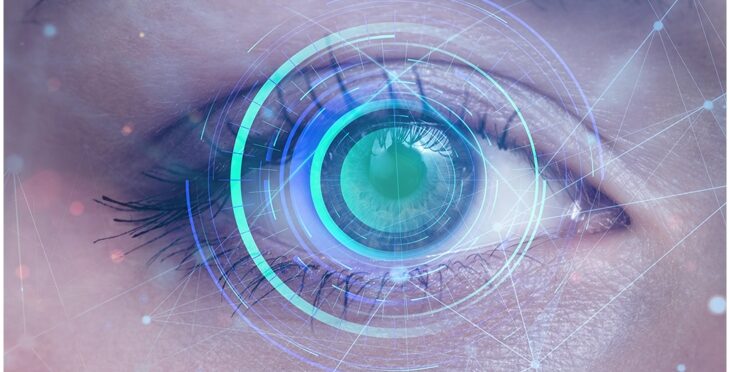Top Quality Retina Service Near Me: Leading Eye Treatment Providers
Top Quality Retina Service Near Me: Leading Eye Treatment Providers
Blog Article
The Duty of Advanced Diagnostic Tools in Identifying Eye Disorders
In the realm of ophthalmology, the use of advanced diagnostic tools has revolutionized the very early identification and administration of different eye problems. From finding refined changes in the optic nerve to checking the development of retinal illness, these modern technologies play an essential function in improving the precision and effectiveness of detecting ocular conditions. As the need for specific and prompt diagnoses proceeds to grow, the integration of sophisticated tools like optical comprehensibility tomography and aesthetic field screening has actually become essential in the world of eye care. The elaborate interaction between modern technology and ocular methods not only clarifies elaborate pathologies but also opens up doors to tailored therapy strategies.
Importance of Very Early Diagnosis
Very early diagnosis plays a critical duty in the efficient administration and treatment of eye conditions. By finding eye disorders at a very early phase, medical care providers can provide appropriate therapy plans tailored to the certain condition, eventually leading to far better end results for patients.

Modern Technology for Finding Glaucoma
Sophisticated analysis innovations play a vital function in the very early discovery and monitoring of glaucoma, a leading root cause of irreversible blindness worldwide. One such modern technology is optical comprehensibility tomography (OCT), which provides comprehensive cross-sectional images of the retina, enabling the measurement of retinal nerve fiber layer density. This dimension is crucial in analyzing damage brought on by glaucoma. An additional innovative device is visual area testing, which maps the sensitivity of a patient's visual area, assisting to spot any areas of vision loss attribute of glaucoma. In addition, tonometry is utilized to measure intraocular pressure, a major risk variable for glaucoma. This test is vital as raised intraocular pressure can bring about optic nerve damage. Moreover, more recent innovations like the use of artificial knowledge formulas in examining imaging information are showing appealing outcomes in the very early detection of glaucoma. These innovative analysis devices allow eye doctors to detect glaucoma Visit Website in its very early phases, allowing for prompt intervention and better administration of the condition to protect against vision loss.
Duty of Optical Comprehensibility Tomography

OCT's capability to measure retinal nerve fiber layer density enables exact and objective measurements, aiding in the very early discovery of glaucoma also before aesthetic area issues come to be apparent. OCT modern technology permits longitudinal monitoring of architectural changes over time, assisting in personalized therapy plans and prompt interventions to help maintain patients' vision. The non-invasive nature of OCT imaging likewise makes it a favored choice for keeping track of glaucoma development, as it can be duplicated routinely without causing discomfort to the person. In general, OCT plays a vital duty in boosting the diagnostic precision and management of glaucoma, ultimately adding to far better end results for people in jeopardy of vision loss.
Enhancing Diagnosis With Visual Area Testing
An essential component in detailed sensory assessments, visual area screening plays a crucial role in enhancing the analysis process for various eye disorders. By analyzing the complete degree of a person's visual field, this examination gives critical details about the practical integrity of the entire visual path, from the retina to the aesthetic cortex.
Visual area testing is particularly important in the medical diagnosis and management of problems such as glaucoma, optic nerve conditions, and different neurological conditions that can affect vision. Via quantitative measurements of peripheral and central vision, medical professionals can spot refined changes that might show the existence or progression of these problems, also prior to recognizable signs occur.
Moreover, visual see this here field testing permits the tracking of therapy efficiency, assisting ophthalmologists customize healing interventions to specific clients. eyecare near me. By tracking adjustments in visual area performance gradually, doctor can make enlightened choices about readjusting medicines, advising surgical treatments, or implementing various other appropriate steps to protect or boost an individual's visual feature
Managing Macular Deterioration
Verdict
In final thought, advanced analysis tools play a critical duty in recognizing eye disorders early on. Technologies such as Optical Comprehensibility Tomography and aesthetic field screening have actually substantially improved the precision and performance of detecting conditions like glaucoma and macular degeneration.
Report this page